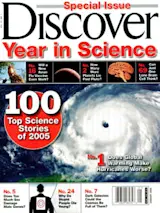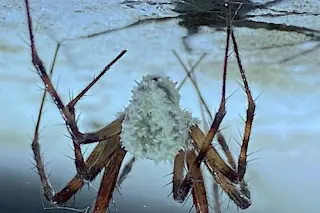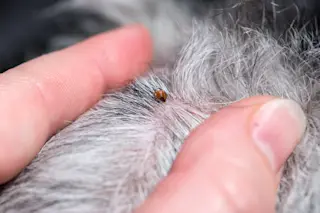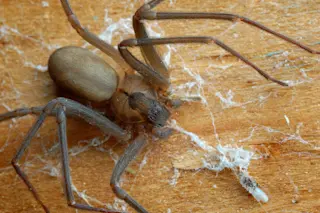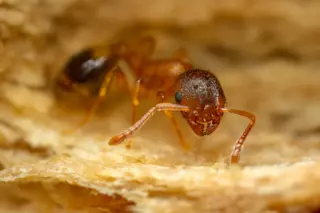Japanese Photograph Elusive, Strong, and Not-So-Gentle Giant
Elusive monsters have long been the inspiration for sea tales. Yet the only confirmed sightings of anything approaching that status have been squid washed ashore dead and dying or caught in fishermen's nets. This year that changed. Two Japanese researchers published the first photos of a giant squid in the wild.
Between 2002 and 2004, Tsunemi Kubodera of the National Science Museum in Tokyo and Kyoichi Mori of the Ogasawara Whale Watching Association set out to succeed where better-funded projects had failed. The pair used only a five-ton fishing boat manned by two crew members. Patience and cunning helped: Kubodera suspects the giants, or Architeuthis dux, were scared off by more overt efforts to find them. "We waited for the squid to come to us," he says.
The team made three trips to sperm-whale hunting grounds 600 miles south of Tokyo. They used ...


